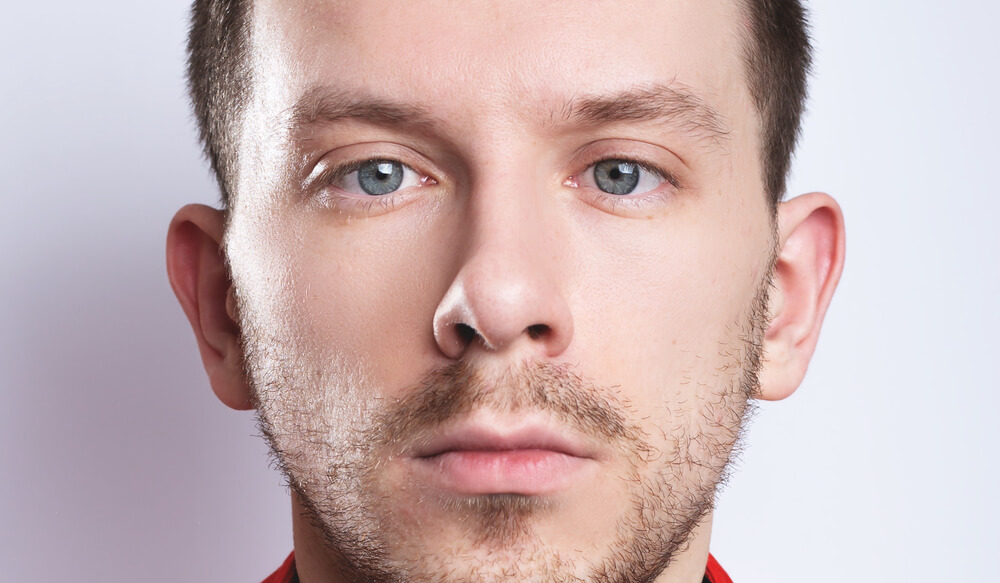X
Strabismus is a condition in which one eye does not point in the same direction as the other eye. There are many types of strabismus and many types of surgeries to correct them.
The doctors at Associated Eye Care specialize in Adult Strabismus surgery.
 Within 7-10 days after making the decision to proceed with surgery, our surgery coordinator will call you to set up a surgery date. A date will be coordinated that works for both you and your doctor. If you need to coordinate another type of surgery for the same day with a different doctor, please inform us of this as soon as possible.
Within 7-10 days after making the decision to proceed with surgery, our surgery coordinator will call you to set up a surgery date. A date will be coordinated that works for both you and your doctor. If you need to coordinate another type of surgery for the same day with a different doctor, please inform us of this as soon as possible.
Approximately two weeks prior to your surgery date, you will receive a packet by mail from our surgery coordinator. This packet will include items such as eating restrictions prior to the surgery, information on the surgery center, an age-appropriate physical exam form, and follow up appointments with your eye doctor. Everyone must have a physical exam performed by a primary physician prior to surgery. The surgery coordinator will inform you as to the time frame in which to get this exam as it varies depending on the age of the patient.
In the week prior to the surgery, you will generally receive 1-2 phone calls from the surgery center. They will gather medical and insurance information from you and will inform you of the check-in time for the day of surgery
On the day of surgery please allow enough time to arrive at the surgery center before your scheduled check-in time. The staff will guide you as to where to go and what to do once you arrive. The length of surgery and recovery time may vary.
There are several different types of surgeries to correct strabismus. We will describe a few of the most common types of surgeries that are performed. Your eye doctor will inform you which procedure is best in your case and whether surgery will be performed on one or both eyes.
There are six muscles that move each eye. They are the medial rectus, lateral rectus, superior rectus, inferior rectus, superior oblique, and inferior oblique muscles. The surgeon will spread the eyelids apart with a small eyelid separator. The surgeon will then make a small slit opening in the conjunctiva, which is the thin lining that covers the muscles. The surgeon will then remove the muscle from the eye, shorten it or move it to another location, then reattach the muscle to the eye with a suture. After the muscle is moved, your eye doctor will cover the muscle by closing the conjunctiva with sutures. These sutures will dissolve over time and do not need to be removed. No incisions are made in the eyelids, and the eye is never taken out of the body.
Below are the most common types of strabismus surgeries performed.
The eye may look very red in the first few days following surgery. It is common to see an increase in the swelling and redness of the white part of the eye after 3 or 4 days; this typically subsides over the next 4 to 5 days. Some swelling of the eyelids and discharge is normal in the first week after surgery, but you should report extensive swelling and discharge to your eye doctor. After about 1-2 weeks the red will fade to a pink color, and after 4-6 weeks the pink will subside to a more natural white. Other common symptoms after surgery include pink tears, itchiness, and light sensitivity. Please resume wearing glasses after the surgery unless otherwise indicated by your eye doctor. Children who were patching before surgery should not do so unless instructed to.
There are a few restrictions after strabismus surgery. No swimming is allowed for one week after the surgery, but it is fine to shower, bathe and wash around the eyes with a clean washcloth. Your eye doctor may ask you to avoid heavy lifting after surgery. Usually, you may resume normal activity within 2-3 days after the surgery including going back to school or work.
Typically, there will be a visit within 10 days of surgery. At this time the healing of the eye will be evaluated. Then approximately one month after surgery, you will see your eye doctor for a more thorough evaluation of the eye alignment. Additional appointments will be based on the alignment of the eye and the degree of healing.